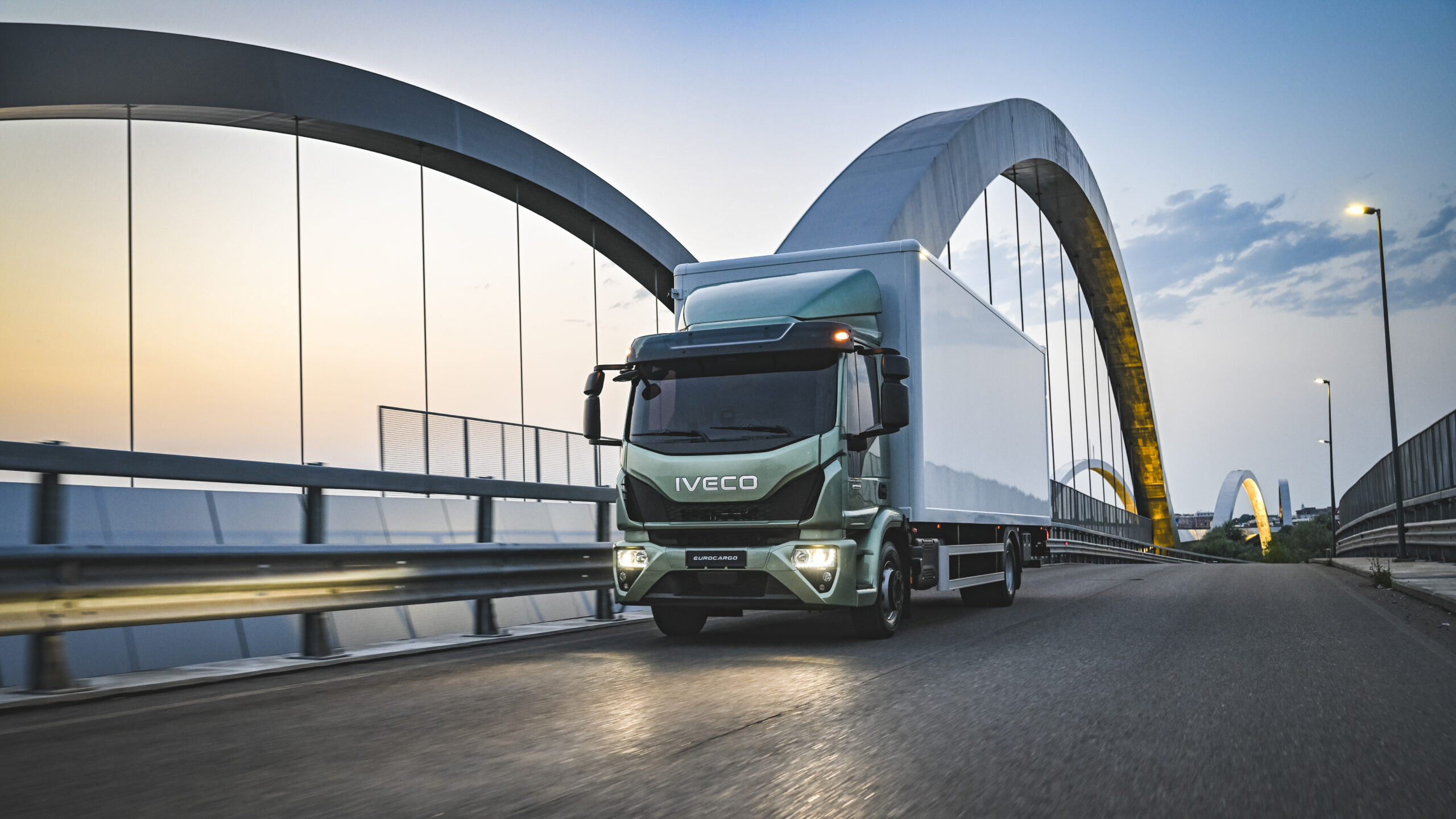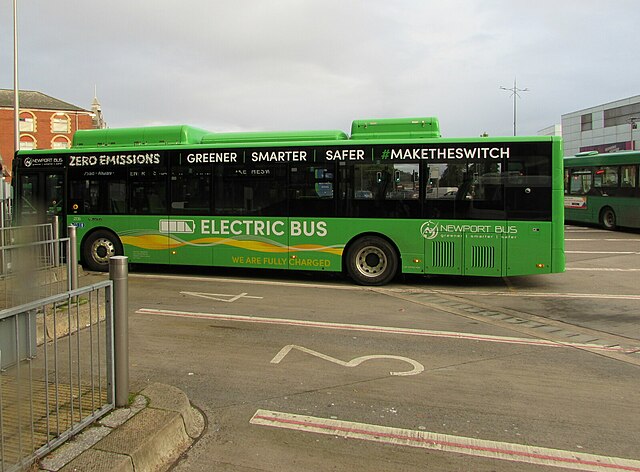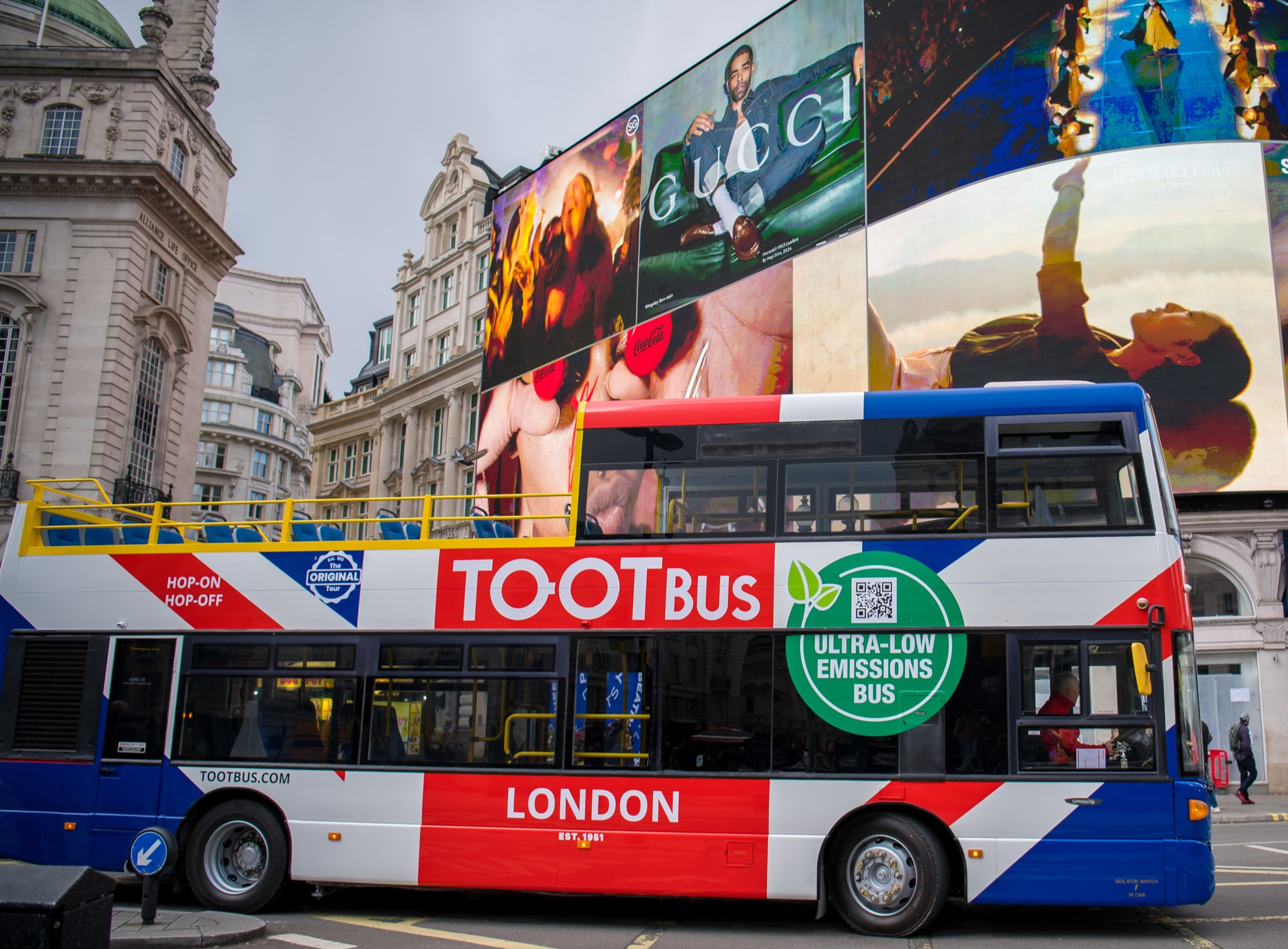
Ten years may seem like a long way off but for new HGV and LCV markets that are, by and large, required to go zero emission within the next decade, time is short. Indeed, with every new van and truck weighing up to 26 tonnes required to be zero emission from 2035, and the rest of the new HGV market to follow by 2040, unprecedented levels of planning and investment must progress – and quickly.
Manufacturers have already invested significantly, now offering more than 30 zero emission van models and more than 30 such HGV models – but before fleets can switch to running their operations on zero emissions with the very latest competitive technology to their fleets, an entirely new national infrastructure network for electric charging and hydrogen refuelling is needed – at depots, enroute locations and shared hubs.
Around 5.1 million vans and 626,000 trucks are currently on UK roads,1 transporting more than 80% of all domestic freight and directly adding £13.5 billion to the economy each year.2 CVs make up 14% of all vehicles on the road but their higher mileages and energy demands make them responsible for more than a third of all road transport CO2 – and almost an eighth (12%) of the UK’s carbon footprint.3
Positively, the new LCV and HGV markets are decarbonising but uptake remains significantly behind ambition. While the ZEV Mandate requires 16% of new van sales to be ZEVs in 2025, electric van registrations are running at (8.3%), with around 167,000 more expected to reach the road over the next three years.
For the new HGV market, ZEV uptake represented just 1.0% of overall demand in the first quarter of 2025. The transition will take time, and government is helping the wider industry decarbonise road freight with the Plug-in Truck Grant and £200m Zero Emission HGV and Infrastructure Demonstrator (ZEHID) programme – but further measures will be needed to speed up greener rollout.
Lorna McAtear, head of fleet at National Grid and deputy chair at the Association of Fleet Professionals (AFP), believes that product side is less of a worry since vehicle manufacturers are providing the models that will help to meet the deadline. The main issue is infrastructure.

“If you have specialist converted vehicles less than 26 tonnes, and that includes 7.5 tonne vehicles that will be affected, there’s a real issue around infrastructure and operations that needs to be solved in order to meet that 2035 deadline,” she said.
Temporary solutions, where fleets have installed charging points in their depots have addressed an immediate problem, but the network needs huge power connections to power the requisite number of bays – particularly on motorway services – and that will require considerable investment.
Work has already started. Motorway service giant Moto is planning to install up to 300 charging bays in ‘superhubs’ that provide capacity for up to 5,000 electric HGVs, well before the 2030 end of sale.
Moto’s CEO, Ken McMeikan, said, “Just as we have done for passenger cars, where we now have over 1,000 EV charging bays, Moto will lead the way in creating a sustainable, accessible, and reliable charging network for trucks and lorries.”
While motorway capacity is being addressed, this doesn’t solve the issue around capacity for the whole of the HGV industry, as well as the level of investment and development needed at fleet depots.
Recent significant orders include delivery giant Amazon purchasing 140 new electric Mercedez-Benz eActros 600 trucks and eight Volvo FM zero emission lorries. To keep them moving, it has installed rapid charging in key sites including 360kW electric charging points capable of charging the 40-tonne Mercedes-Benz Truck eActros 600 trucks from 20% to 80% in just over an hour.
The Society of Motor Manufacturers and Traders (SMMT), meanwhile, has called for reform to how the plug-in truck grant is operated, a scheme first introduced in 2016. The maximum discount available for some small trucks is £16,000 while larger trucks the maximum discount is £25,000. The eligibility criteria is based on a number of factors including weight, CO2 emissions and zero emissions range. It has also called for grid connections to depots to be prioritised to deliver net zero, given the delays currently present in the approval system.
Mike Hawes, SMMT Chief Executive, said, “We cannot deliver net zero and improve air quality without decarbonising commercial vehicles. But if operators have to wait up to 15 years just to be able to plug them into their depots, there is no case for investment.
“Prioritising grid connections, alongside reform to planning and action on energy costs, would reduce barriers to adoption, ensuring commercial vehicles continue to carry the loads that keep our economy on the move whilst doing the heavy lifting the nation needs to reach net zero.”

Trade association Logistics UK believes that partnership and a commitment to ensuring costs for business are not prohibitive is key for the transition to net zero.
Logistics UK’s Deputy Policy Director, Michelle Gardner said, “The logistics sector is committed to decarbonising, but this must be a fair transition that keeps costs down for businesses, public services and households while maintaining resilient supply chains.
“The only way to achieve that is through partnership, with a plan co-developed between businesses and government to get to net zero and phase out fossil fuels.
“Logistics UK would like to see government backing for a dedicated HGV public charging infrastructure for electric trucks, to make mid and long-haul viable, as well as a dedicated HGV public hydrogen refuelling infrastructure.”
Steps are being taken to ensure that the network has enough power available for HGVs. EV charging company Gridserve is leading a £100 million+ consortium (including £62.7m of UK government support) to lay the foundations for one of the biggest and most advanced charging networks designed specifically for electric Heavy Goods Vehicles (eHGVs). This project, which is funded as part of the ZEHID programme, will be known as ‘Electric Freightway’ and will run until 2030.
Sam Clarke, Chief Vehicle Officer at electric charging installation company Gridserve, said, “We’re focusing on how we can deliver really high-powered charging, so when a vehicle stops for 45 minutes, it can fill it up with enough energy to go to its next destination, removing the need for a bigger battery, so you can transport the same amount of freight.”
The focus has been mainly on electric power, but hydrogen powered vehicles are also in the mix.
Protium, the UK’s largest green hydrogen energy company, and its partners have been successful in applying for more than £30m from the Department for Transport and Innovate UK to launch the Hydrogen Aggregated UK Logistics (HyHAUL) project.
David Langford, Protium project delivery head, said HyHAUL plans to open at least three public refuelling stations to power an initial fleet of 30 hydrogen fuel cell HGVs, which will begin operating along the M4 corridor by 2026.
He added that by 2030 the consortium hopes to have 300 trucks on the road, with plans to extend the network to the M5, M6 and beyond.
Ten years does seem like a long time but there are challenges ahead in order to meet the government’s deadlines, particularly with regards to ensuring the necessary infrastructure is in place for the transition to net zero.
Notes to editors:
- SMMT Motorparc 2024
- RHA Industry Facts and Stats
- DESNZ UK territorial greenhouse gas emissions statistics: HGV and LCV CO2 emissions 2023: 35.7Mt CO2. Total road transport emissions: 98.6Mt. Total UK CO2 emissions: 302.8Mt.


